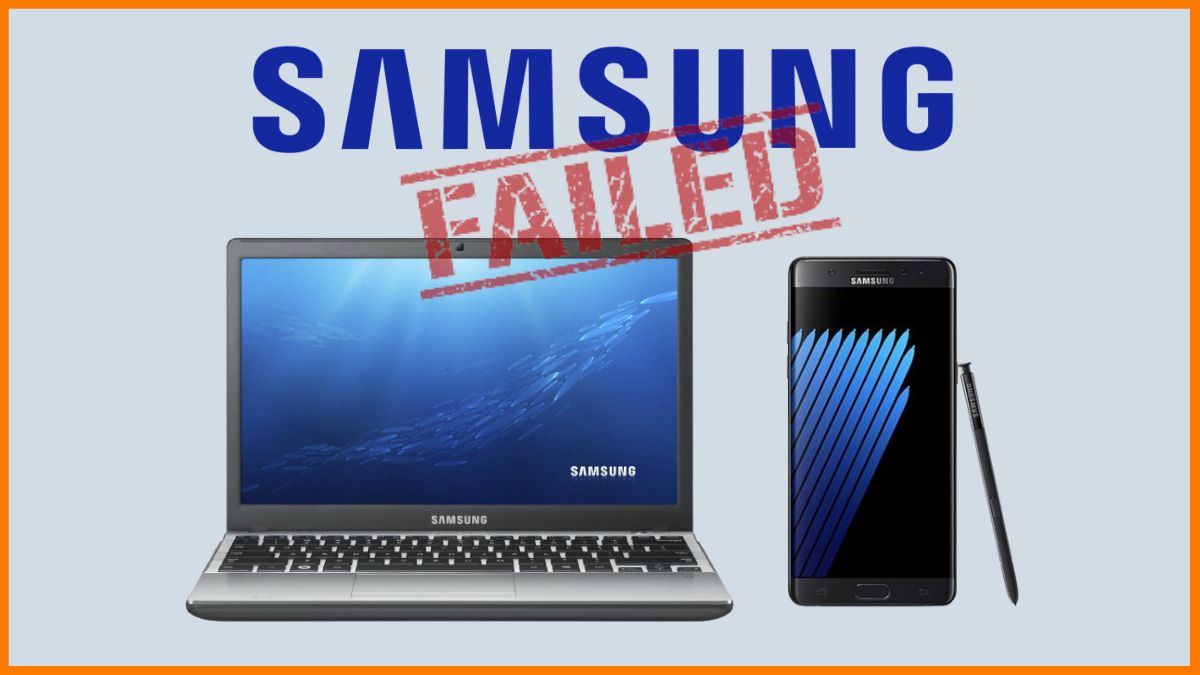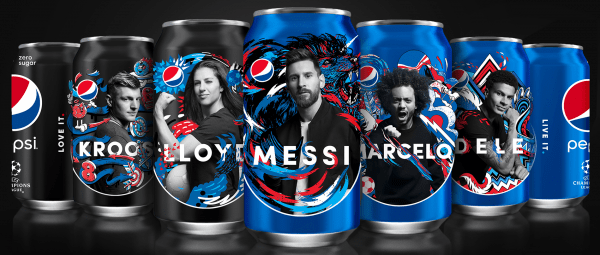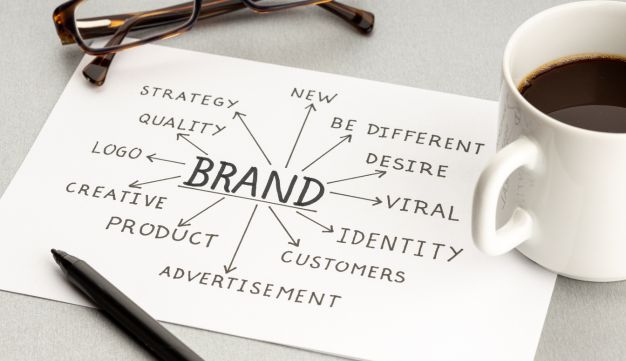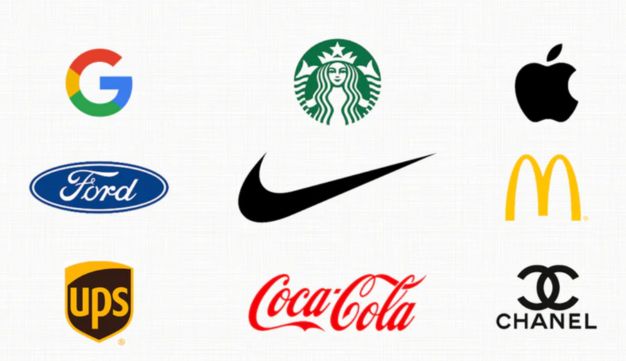
Quality is essential for a brand
Quality is the primary factor that adds the most value to a brand.
This quality forms the basis of the customer experience, surpassing even communication and advertising in terms of relevance.
While communication plays a crucial role in spreading the brand message, its true value lies in the tangible benefits it delivers to consumers.
Steve Jobs, in an interview, highlighted the superficiality of advertising awards.
For him, the success of a brand is not determined by the number of awards it receives in advertising contests, but by its ability to exceed consumer expectations. This statement underlines the importance of focusing on the quality of the product or service, rather than relying exclusively on communication strategies. There are numerous examples of companies that have won awards for their advertising campaigns, but ultimately failed to achieve the expected commercial success. These situations highlight the disparity between advertising industry recognition and consumer perception. The examples below clearly illustrate the disparity between advertising industry recognition and consumer perception, and show how even award-winning advertising campaigns may not translate into commercial success for brands.

First, the South Korean brand Samsung has been recognized for its innovative advertising campaigns that have won numerous industry awards. However, there have been times when these campaigns have failed to significantly drive sales. Despite its outstanding advertising performance, Samsung has faced challenges in consumer perception and product differentiation in a highly competitive market.
Another prominent example is that of a food company such as PepsiCo. In the past, PepsiCo has launched highly praised advertising campaigns that have won numerous industry awards. Despite the quality of these campaigns, in some cases, they failed to drive sales significantly.

Finally, one can mention the case of a fashion brand such as Calvin Klein. Calvin Klein is known for its disruptive and provocative approach to advertising, which has earned it numerous industry awards and accolades. However, even with highly creative and visually stunning campaigns, the brand has experienced times when sales have fallen short of expectations despite the advertising recognition.

These examples demonstrate how successful advertising and industry recognition do not always translate into a fundamental increase in sales or positive consumer perception of the brand. Ultimately, product quality and the brand’s ability to meet consumer expectations are fundamental factors that determine a brand’s true value and success in the marketplace. What a good marketing and communication system can achieve with a great product and service:
- Extend the reach to more audiences.
- Reinforce positive ideas and opinions.
- Create barriers to competition.
It is difficult to put a value on how much sales growth marketing and advertising can generate, although two studies report an increase of 14 to 17%.
-
Kantar Millward Brown study: The “BrandZ Top 100 Most Valuable Global Brands” study found that brands with strong marketing and advertising grew by 17% in value in 2022.
-
Forrester study: A Forrester study found that companies that invest in digital marketing experience a 14% increase in brand equity.
Tips to increase the value of a brand with marketing and advertising:
- Develop a clear marketing strategy aligned with brand objectives.
- Invest in high quality content that is relevant to the target audience.
- Use a variety of marketing channels to reach target audiences.
- Measure the impact of marketing on brand equity and make adjustments to strategy as needed.
Additional resources:
- https://www.kantar.com/campaigns/brandz/global
- https://www.forrester.com/bold/planning-guide-2023-b2b-marketing-executives/






 Its focus on quality, personalized service and exclusivity contributed to position its products as symbols of elegance and sophistication.
Its focus on quality, personalized service and exclusivity contributed to position its products as symbols of elegance and sophistication.






